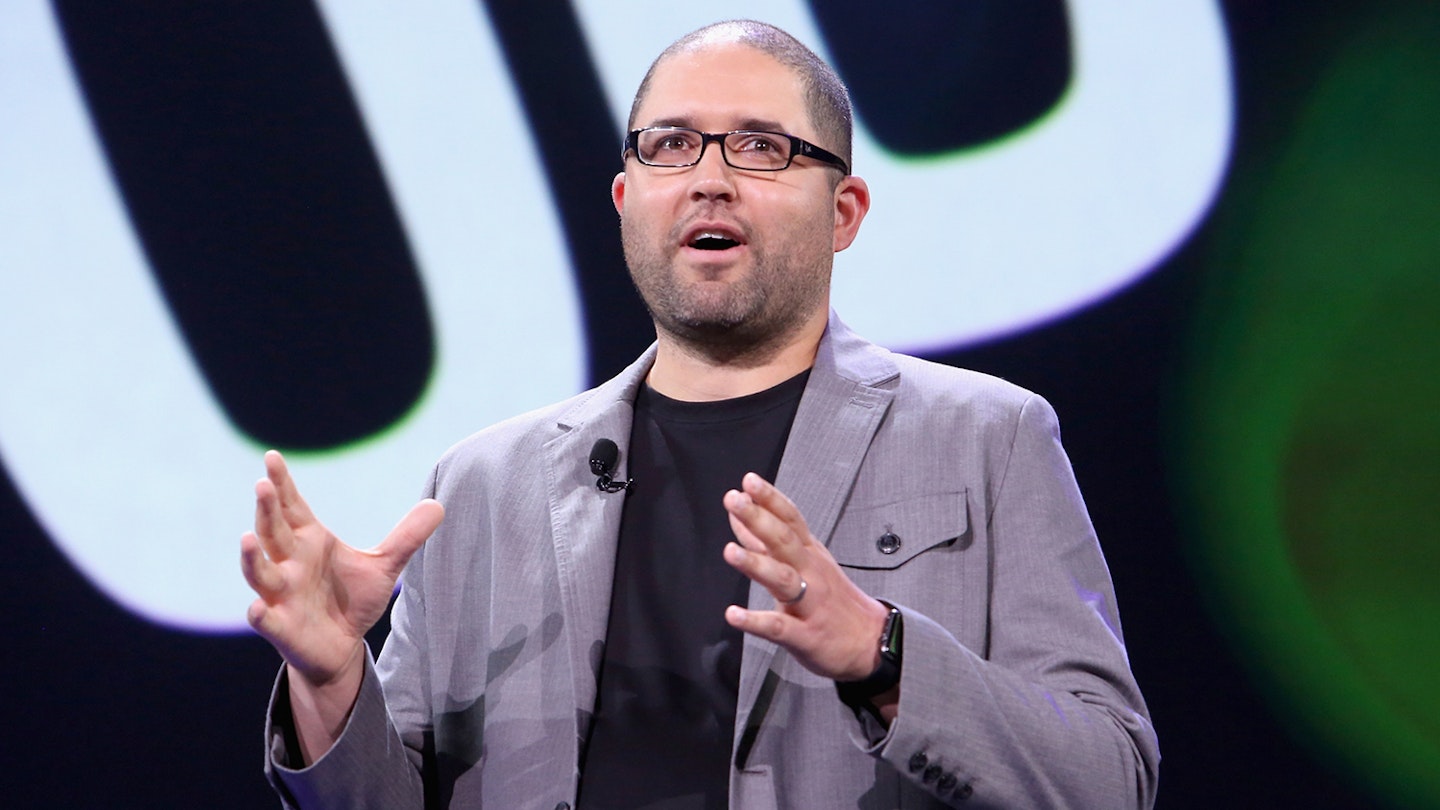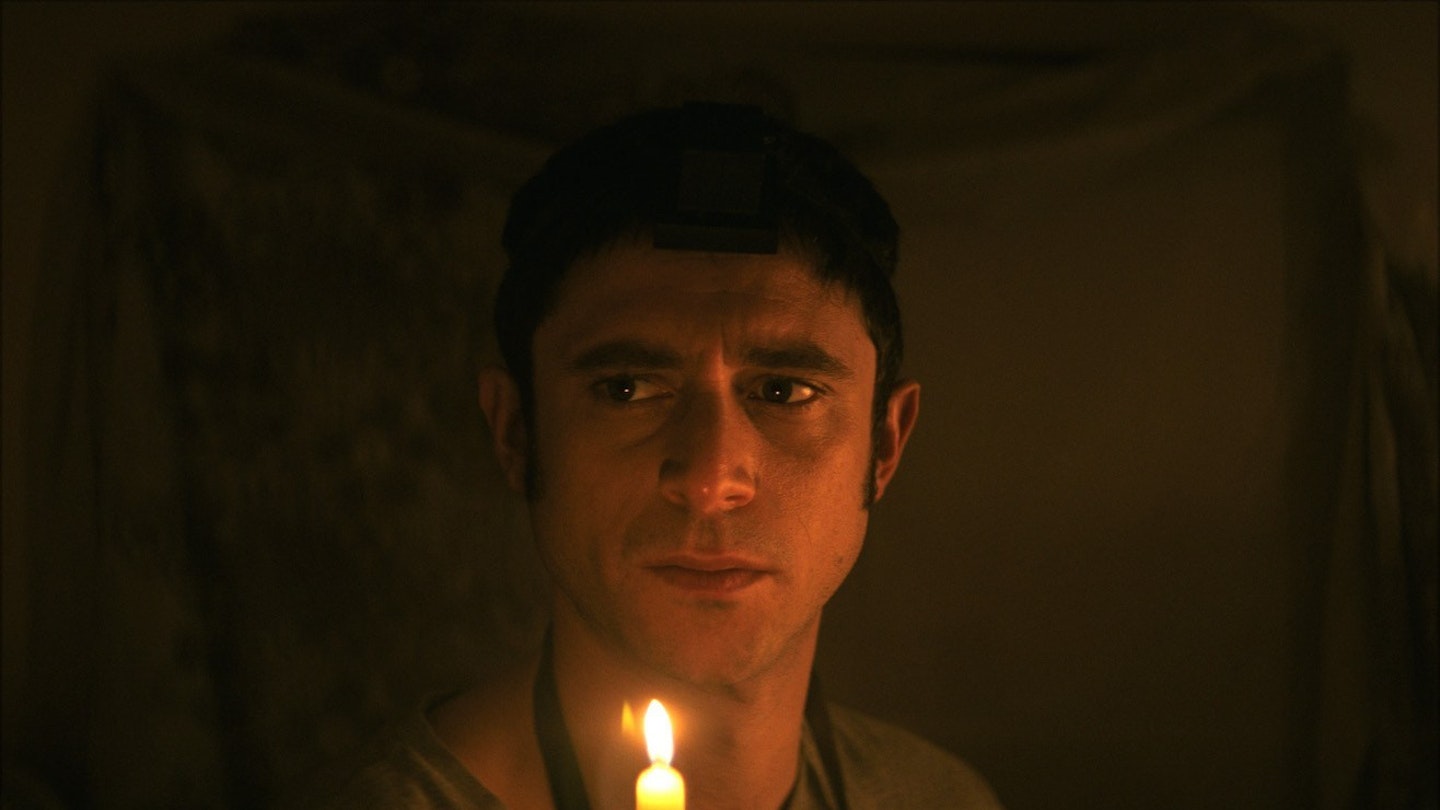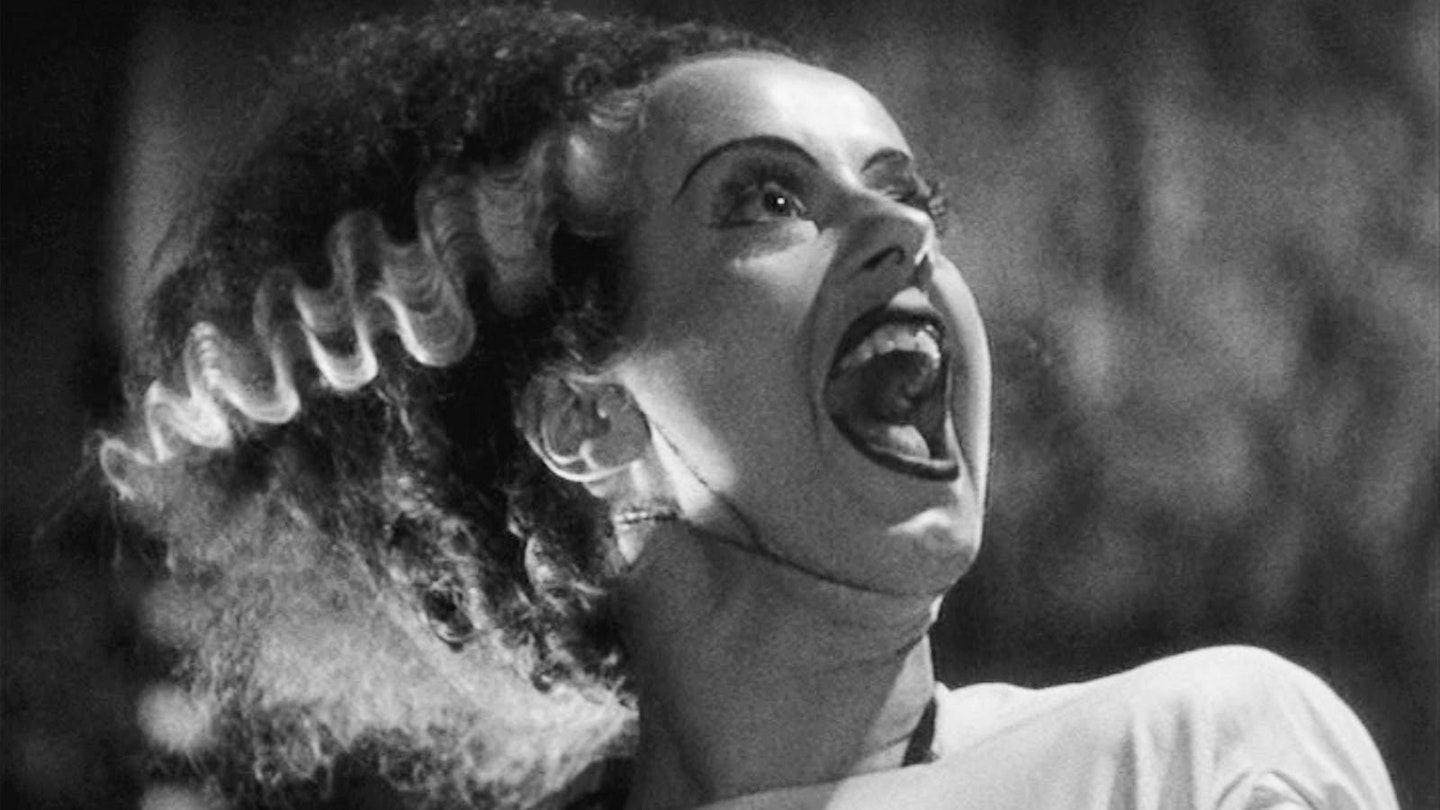In James Whale’s 1933 adaptation of HG Wells’ classic sci-fi horror, Claude Rains plays Dr Jack Griffin as a mad scientist, a rational man driven insane by a serum which alters his body’s refractive index. In this latest reboot from writer-director Leigh Whannell, the invisibility comes not from a serum but from an optical suit, dozens of cameras mounted on a military-grade onesie, conceptually based on an extension of existing camouflage technology. The more important difference here, though, is that the man in the suit was bad before he became invisible.
Remodelling the Invisible Man (Oliver Jackson-Cohen) into a domestic abuser feels like conspicuously timely subject matter. In the #MeToo era, it’s something being talked about more than ever. But Whannell’s bold approach never feels like bandwagon-hopping. Here, the invisibility concept is a compellingly appropriate means to explore abusive relationships, agoraphobia, gaslighting and toxic masculinity. There is a universal and uncomfortably real impact to the horrors on show here. Which, inevitably, will make it a tough watch for some.

With the Invisible Man staying pretty true to his name for most of the film, it’s the perspective of the abused rather than the abuser that we stay in. In this respect, it was a canny move to cast Elisabeth Moss — an actor who has already comfortably demonstrated, from Mad Men to The Handmaid’s Tale, her talent for depicting extreme vulnerability and resilience all at once. Here, she is working at full capacity, often only herself and the camera, acting opposite a menace that seems phantom at first.
This subtle approach is incredibly effective, and a reminder of how horror doesn’t always have to be frantic to raise dread.
There’s something Hitchcockian about the way this The Invisible Man plays out. Cecilia is the character nobody believes, written off as mad as strange occurrences build up around her, knowing deep in her gut that she’s being subjected to some extreme psychological warfare. Whannell skilfully metes out these elements in morsel-sized horror set-pieces, initially opting for traditional film craft over modern visual effects. His use of simple camera movements is pointed and powerful. Shots of nothing portend everything. This subtle approach is incredibly effective, and a reminder of how horror doesn’t always have to be frantic to raise dread.
There are fewer of the innovations of Whannell’s last film, the hugely underrated Upgrade, and as the film progresses, it begins to play a little more conventionally: a modest suburban house of horrors, occasionally over-reliant on jump scares. Only in the final third, when we start to actually see the Invisible Man in the flesh (an impressive bit of character design) does the director turn on some of the Upgrade-esque acrobatic camera moves.
A handful of dark twists towards the end hold your attention; there is at least one jaw-dropping moment that will properly shock, and a provocative epilogue seemingly designed to be contentious. Whichever way you fall, it’s hard not to admire Whannell’s filmmaking boldness: turning our perennial fear of the unknown and the unseen into a wholly new nightmare.








